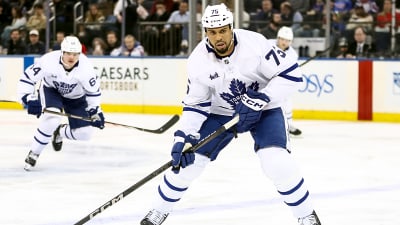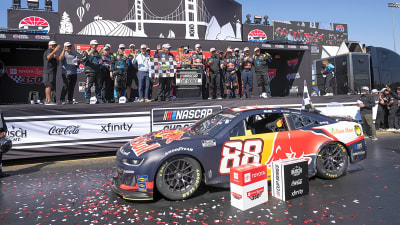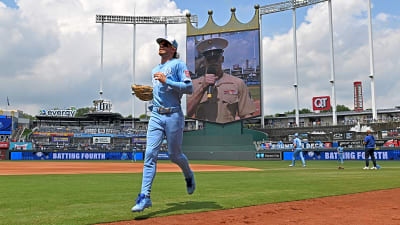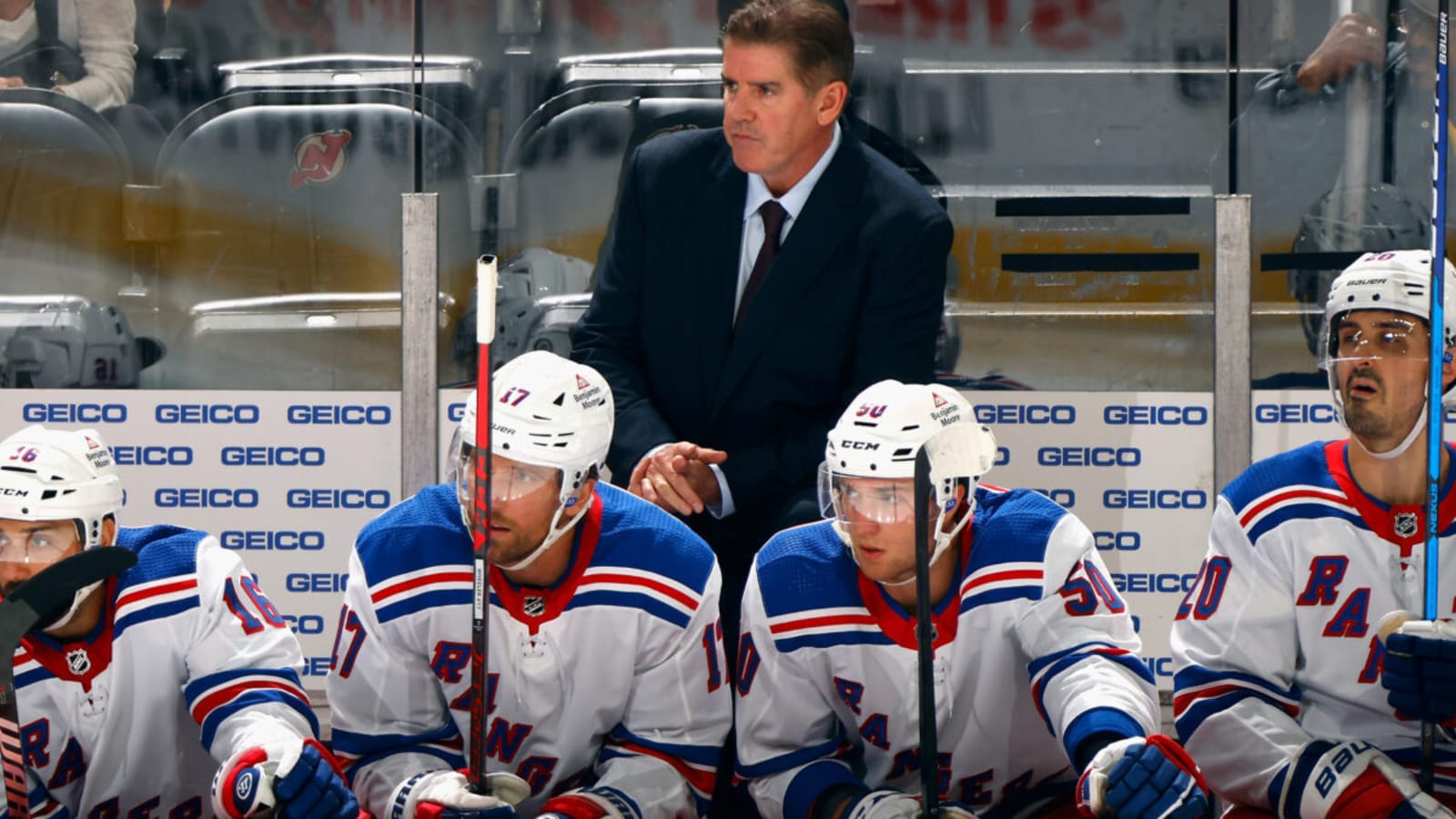
The New York Rangers were humiliated in a 4–0 loss to the New Jersey Devils, a defeat that put a massive dent in their playoff hopes. In a season that began with Stanley Cup aspirations, they now find themselves on the outside looking in, battered, bewildered, and running out of time. The question on everyone’s mind is simple: what happened? The answer, of course, is that a lot went wrong. But the collapse can be traced to two key issues that have unraveled a team once built to contend.
Rangers’ Power Play
The 2023–24 New York Rangers’ power play has been a major disappointment. Last season, they converted at a 26.4% clip; this season, that number has plummeted to 17.3%. Chris Kreider, playing through an injury, has taken a step back—hurting the top unit—but with the addition of J.T. Miller, a unit that should’ve improved on paper has somehow regressed by nearly nine percentage points. In 2023–24, the Rangers scored 65 power-play goals. This season, they have just 34.
They’ve been more productive shorthanded (15 shorthanded goals this season, compared to eight last season), but the team’s even-strength scoring has also dipped, from 205 goals last season to 179 this season, with only six games remaining. The truth is, if their power play was even converting at a modest 20% rate, they’d be sitting in a playoff spot right now. Instead, they’ve gone 2-for-43 on the man advantage since March 3.
Despite this drought, there have been virtually no structural changes made to the power play units, aside from the occasional swapping of Kreider, Miller, and Vincent Trocheck. After the Rangers’ 5–4 overtime win against the Minnesota Wild, head coach Peter Laviolette stated that the second power play unit has been the more “effective” of the two. That alone begs the question: if the coach himself acknowledges which unit is performing better, why does he refuse to give them more ice time?
This isn’t a reporter lobbying for the second unit. It isn’t a fan’s plea. It’s coming directly from the man behind the bench, who knows the second unit has been more “effective,” yet still chooses not to act on it.
Against the Devils, the first power-play unit stayed out for 1:50 during the Rangers’ first power-play opportunity. Only Adam Fox rotated off early. Ironically, the second unit generated a better chance in their ten seconds of ice time. On the second power play, Laviolette once again led with the top unit, and just 34 seconds later, the puck was behind Igor Shesterkin. Incredibly, the Rangers have now allowed more shorthanded goals than they’ve scored on the power play over the past month. That might be some kind of record.
When the second unit finally got a chance, they created momentum and didn’t give up a goal. Johnny Brodzinski, in particular, was firing pucks on net, something the first unit has seemingly forgotten how to do. They didn’t convert, but they at least looked like a threat.
So, the question remains: when the first unit isn’t working, why not shake things up? Or, at the very least, give the second unit more time?
Rangers’ Defense
Going into the season, the Rangers had a defensive corps of Fox, Ryan Lindgren, K’Andre Miller, Jacob Trouba, Braden Schneider, and Zac Jones. While that group had its issues, the core of it led them to two Eastern Conference Final appearances. The first mistake was not, as Larry Brooks of the New York Post put it, conducting offseason business in the offseason (from ‘The Jacob Trouba lesson that Chris Drury must learn before Rangers’ offseason,’ New York Post – March 28, 2025). After an attempt to trade Trouba went haywire, the Rangers were stuck with his $8 million cap hit—and a captain who even admitted that it was hard for him to lead after the events of the summer.
On Dec. 8, Trouba was shipped off to the Anaheim Ducks for Urho Vaakanainen. The trade was a good one: dumping the entirety of his cap hit was a win, and taking a flyer on a player who is relatively experienced, but still young, who has had an underwhelming career, was not a bad move. Vaakanainen has been solid for the Rangers, but on a Stanley Cup team, he is at best a number seven defenseman.
The next change to the Rangers’ defensive corps came when Chris Drury traded Kaapo Kakko for Will Borgen. The trade has been relatively win-win—Kakko needed a change of scenery (or maybe just more ice time), and he has 27 points in 43 games in Seattle. Borgen, on the other hand, has been very good for the Rangers, but the reality is that he is a bottom-pairing defenseman, not a top-four one.
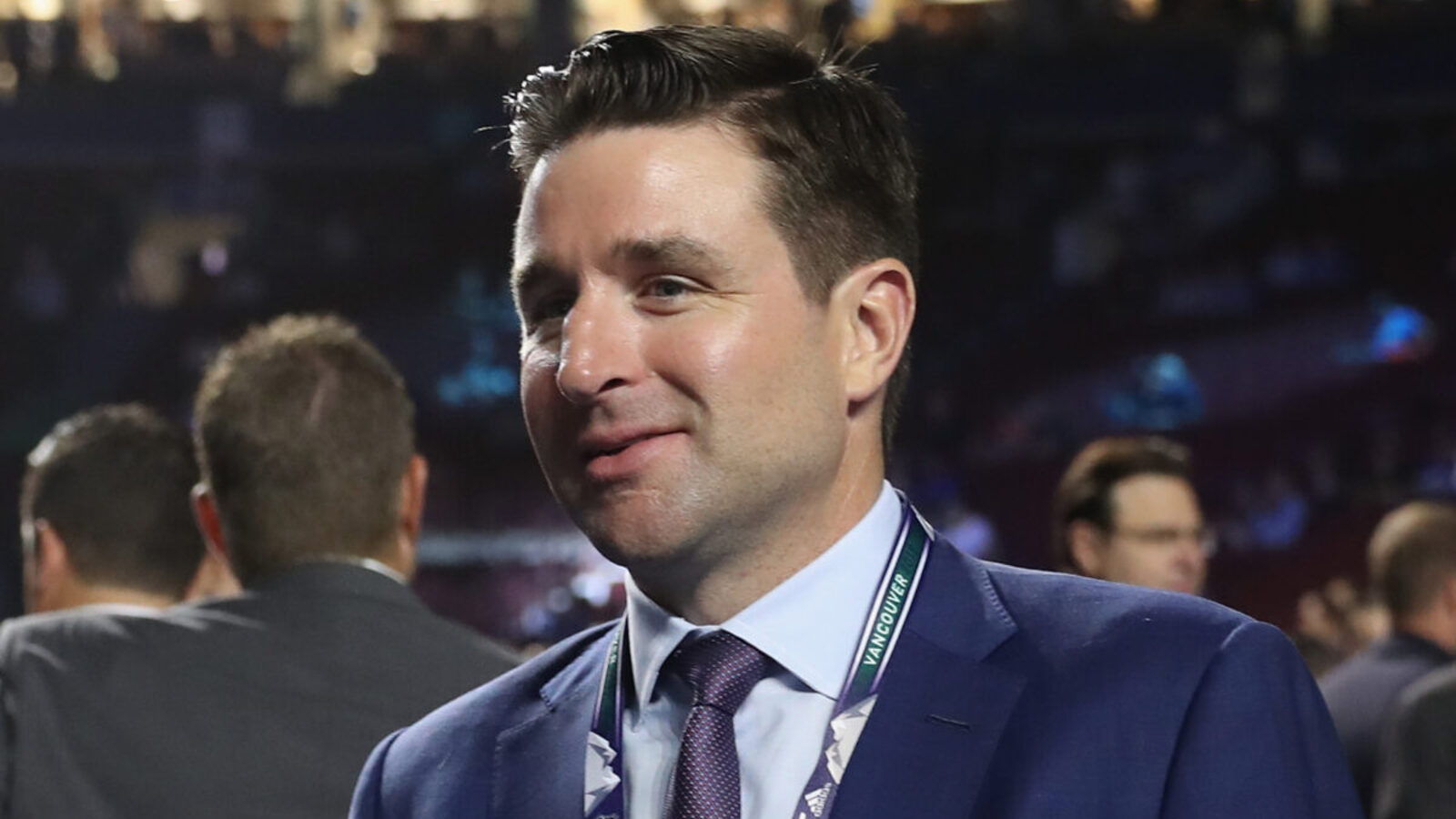
The next change that the Rangers made was trading the third-round pick that Drury received when he traded Reilly Smith to the Vegas Golden Knights to the Kraken for Carson Soucy. Laviolette has elected to play Soucy over Jones.
Finally, Lindgren was traded along with Jimmy Vesey, to the Colorado Avalanche for picks and Calvin de Haan, completing the overhaul of the defense. The pairings are now Fox–Soucy, Borgen–Miller, and Schneider–Vaakaneinen.
The Rangers’ defense now consists of a true number-one defenseman, one second-pairing defenseman, two bottom-pairing defensemen, and two who are not playing up to the standard of NHL defensemen—and Jones, who should be in the lineup but is not.
The truth is, the defense has gotten worse. They are slower, they give up more high-danger chances, and they have already given up four more goals than last season, with six games left to play. Five of the seven of these defensemen are under contract for next season, so the Rangers will likely be running it back with a similar defensive group.
Rangers’ Déjà Vu
During the 2021 season, with six games to play, the Rangers were on the cusp of the playoffs—seven points behind the New York Islanders, with two head-to-head matchups remaining. What followed were two embarrassing losses to a team that was simply better prepared, more physical, and more focused. The Rangers were bullied in those games, losing 4–0 and 3–0 in succession. Four days later, then-general manager Jeff Gorton and team president John Davidson were dismissed. Head coach David Quinn was let go at the end of the season.
This loss to the Devils feels eerily familiar.
Once again, the Rangers are in a must-win situation—this time, two points behind the Montreal Canadiens for the final playoff spot. Once again, they face a bitter rival with the season hanging in the balance. Once again, they lose 4–0.
Yes, the team is still alive. Yes, there’s still time. But the runway is short, and the remaining schedule is significantly tougher than that of their competition. For fans and observers alike, it’s hard not to feel a sense of déjà vu—not just in the scoreline, but in the lifelessness, the lack of urgency, and the absence of answers when they were needed most.
What happened in 2021 wasn’t just about missing the playoffs. It was about what those losses exposed—about how, in defining moments, leadership didn’t rise. The decisions that followed were swift and consequential. Deep playoff runs followed. To get back there, the Rangers are likely to need that level of change again.
Rangers’ Change Must Be More Than Cosmetic
The Rangers entered this season with the talent and experience to win the Stanley Cup. Instead, they’ve found themselves unraveling under pressure, undone by a stagnant power play, a downgraded blue line, and an inability to respond when the stakes are highest. The loss to the Devils wasn’t just a bad game; it was the latest symptom of a team that’s lost its way.
There is still a mathematical path to the playoffs. But no matter how the final six games play out, this season has exposed more than just a few bad stretches of hockey. It has revealed cracks in the vision, the execution, and the decision-making that run deeper than the standings show.
If the goal is still to contend, then what comes next cannot be cosmetic. It must be real, and it must be honest. Because for the second time in five seasons, the New York Rangers have reached a familiar crossroads. Drastic changes were made then, and era-defining successes followed. Should this time be any different?
More must-reads:
- NHL's 2025-26 opening night slate is a showcase opportunity for the league
- Sabres, Bowen Byram avoid arbitration with new two-year deal
- The 'No. 1 overall MLB Draft picks' quiz
Breaking News
Trending News
Customize Your Newsletter
 +
+
Get the latest news and rumors, customized to your favorite sports and teams. Emailed daily. Always free!




